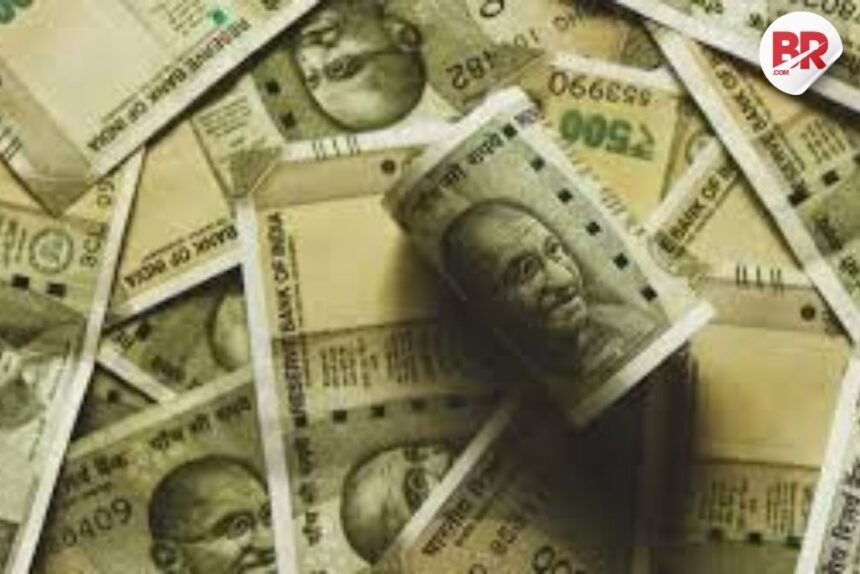
The Indian rupee has recently dropped to its lowest level in two months. One of the main reasons is the rising crude oil prices caused by growing tensions in West Asia, a major oil-producing region. These global events are affecting India’s economy and everyday expenses.
Why Is the Rupee Falling?
Here are the key reasons behind the rupee’s decline:

- Geopolitical Tensions: Conflict in West Asia is making global markets nervous. Since this region supplies a lot of the world’s oil, any trouble there pushes oil prices up.
- High Oil Prices: India imports most of its crude oil. When prices go up, we need more rupees to buy the same amount of oil, which increases demand for dollars and weakens the rupee.
- Investor Mood: During uncertain times, global investors prefer to put their money in safer currencies like the US dollar. This makes the dollar stronger and the rupee weaker.
Why Crude Oil Prices Matter
Oil prices directly affect many parts of our daily life in India:
- Costlier Fuel: Higher oil prices mean we pay more at petrol pumps, which increases our monthly expenses.
- Inflation: When fuel becomes expensive, transport and production costs go up. This leads to a rise in prices of goods and services.
- Wider Trade Deficit: Since we buy more oil from other countries than we sell, paying more increases our trade deficit, which also weakens the rupee.
A Bit of Good News: Rising Forex Reserves
Even though the rupee is falling, India’s foreign exchange (FX) reserves have increased to $697 billion — the highest in eight months. This helps the Reserve Bank of India (RBI) support the rupee if needed by selling dollars and buying rupees.
What Can Be Done?
There are ways to reduce the impact of this situation:
- RBI Support: The RBI can use its dollar reserves to help stabilize the rupee.
- Use of Renewable Energy: India can reduce its dependence on oil by increasing the use of solar and wind energy in the future.
- Boosting Exports: By selling more Indian goods to other countries, we can reduce our need to import and strengthen the rupee. Initiatives like “Make in India” aim to support this.
What’s Next?
The future of the rupee will depend on several things: how the West Asia conflict unfolds, how the global economy performs, and the RBI’s decisions. The key is to stay informed and be prepared for possible ups and downs.
Understanding why the rupee moves the way it does helps us make smarter decisions in a connected global economy.












